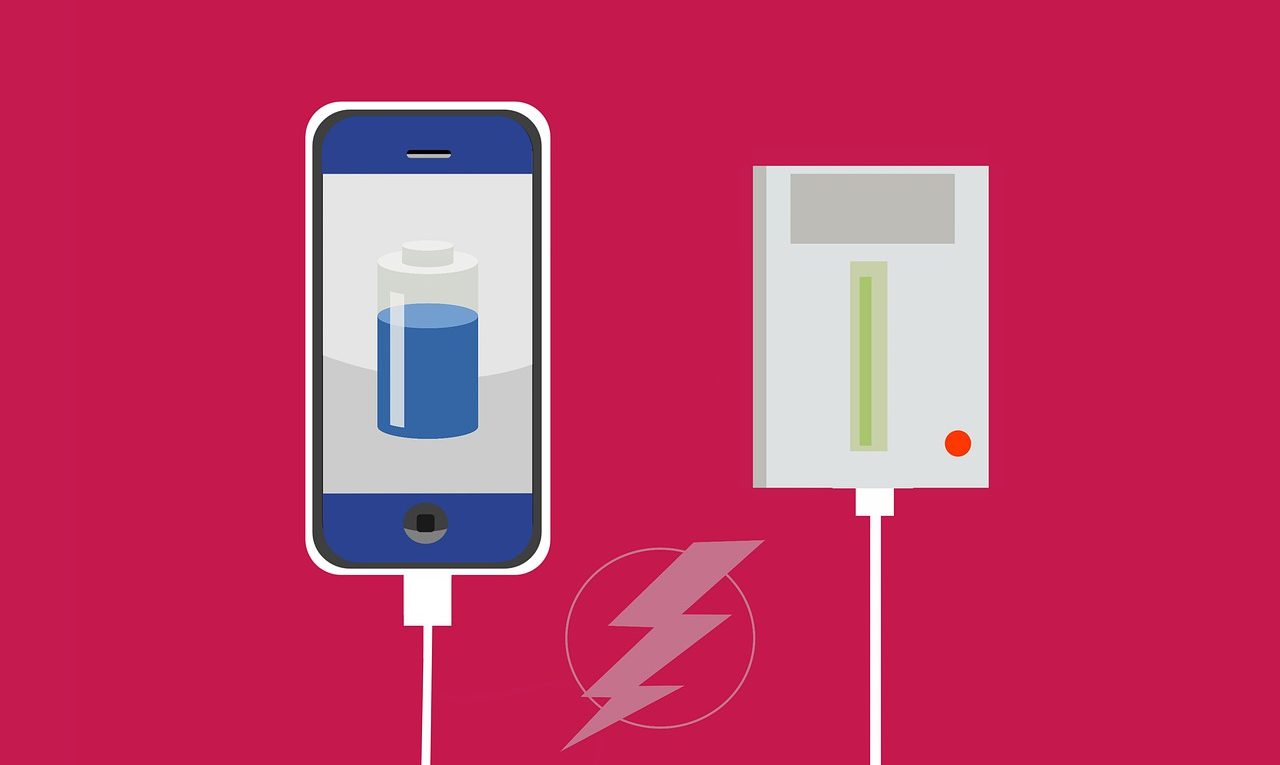The Evolution of Fast Charging: Powering the Future of Mobile Devices
In today’s fast-paced world, where our smartphones, laptops, and other gadgets are an extension of ourselves, one thing is clear: we need them to stay powered up and ready to go at all times. Enter fast chargingtechnology that has rapidly evolved to meet the growing demands of our increasingly mobile and connected lifestyles.
What is Fast Charging?
Fast charging is a technology designed to accelerate the charging process of electronic devices. Unlike traditional charging methods, which typically deliver around 5 watts (W) of power, fast charging can deliver anywhere from 18W to over 100W, depending on the device and charger. This allows users to charge their devices significantly faster, reducing the downtime spent tethered to a power outlet.
The Evolution of Fast Charging
The concept of fast charging has been around for several years, but it has only recently become a mainstream feature. Early smartphones would take hours to fully charge, a significant inconvenience for users who rely heavily on their devices throughout the day. The introduction of fast charging changed this dynamic, allowing devices to reach up to 50% charge in as little as 30 minutes.
The evolution of fast charging can be traced through several key developments:
- Qualcomm Quick Charge: One of the pioneers in fast charging technology, Qualcomm introduced Quick Charge in 2013. Quick Charge 2.0 and subsequent versions significantly increased charging speeds, with Quick Charge 5.0 now offering up to 100W of power.
- USB Power Delivery (USB-PD): The USB Power Delivery standard, widely adopted across various devices, supports up to 100W of power. It offers the flexibility of charging everything from smartphones to laptops with a single charger, making it a popular choice for manufacturers.
- Proprietary Fast Charging: Companies like Apple, Samsung, and OnePlus have developed their own fast charging technologies. For instance, Apple’s 20W USB-C Power Adapter and Samsung’s Super Fast Charging offer impressive speeds, while OnePlus’ Warp Charge can deliver up to 65W.
- GaN (Gallium Nitride) Technology: The latest advancement in fast charging comes from the use of GaN technology. GaN chargers are more efficient, produce less heat, and can deliver higher power in a smaller form factor, making them ideal for fast charging.
How Fast Charging Works
Fast charging relies on higher wattage to deliver more power to your device in a shorter amount of time. It achieves this by increasing the voltage or current, or a combination of both. For example, a typical fast charger might operate at 9V/2A (18W) or 5V/3A (15W), compared to the standard 5V/1A (5W) used in older chargers.
The process is managed by a chip inside your device that communicates with the charger to determine the optimal charging speed. This ensures that the battery receives as much power as possible without overheating or causing damage.
The Future of Fast Charging
As our dependence on electronic devices continues to grow, so does the need for faster, more efficient charging solutions. The future of fast charging looks promising, with several exciting developments on the horizon:
- 100W+ Charging: Some companies are already experimenting with charging speeds exceeding 100W. This could potentially charge a smartphone from 0 to 100% in under 15 minutes.
- Wireless Fast Charging: While wired fast charging has seen significant advancements, wireless fast charging is also catching up. Companies are working on increasing the efficiency and speed of wireless chargers, with some already offering 50W+ wireless charging.
- Battery Technology: Improvements in battery technology, such as solid-state batteries, could further enhance fast charging by reducing heat generation and increasing charge cycles.
- Eco-friendly Charging: As sustainability becomes a global priority, there is a growing focus on developing eco-friendly fast charging solutions. This includes more efficient chargers, the use of renewable energy, and the reduction of electronic waste.
